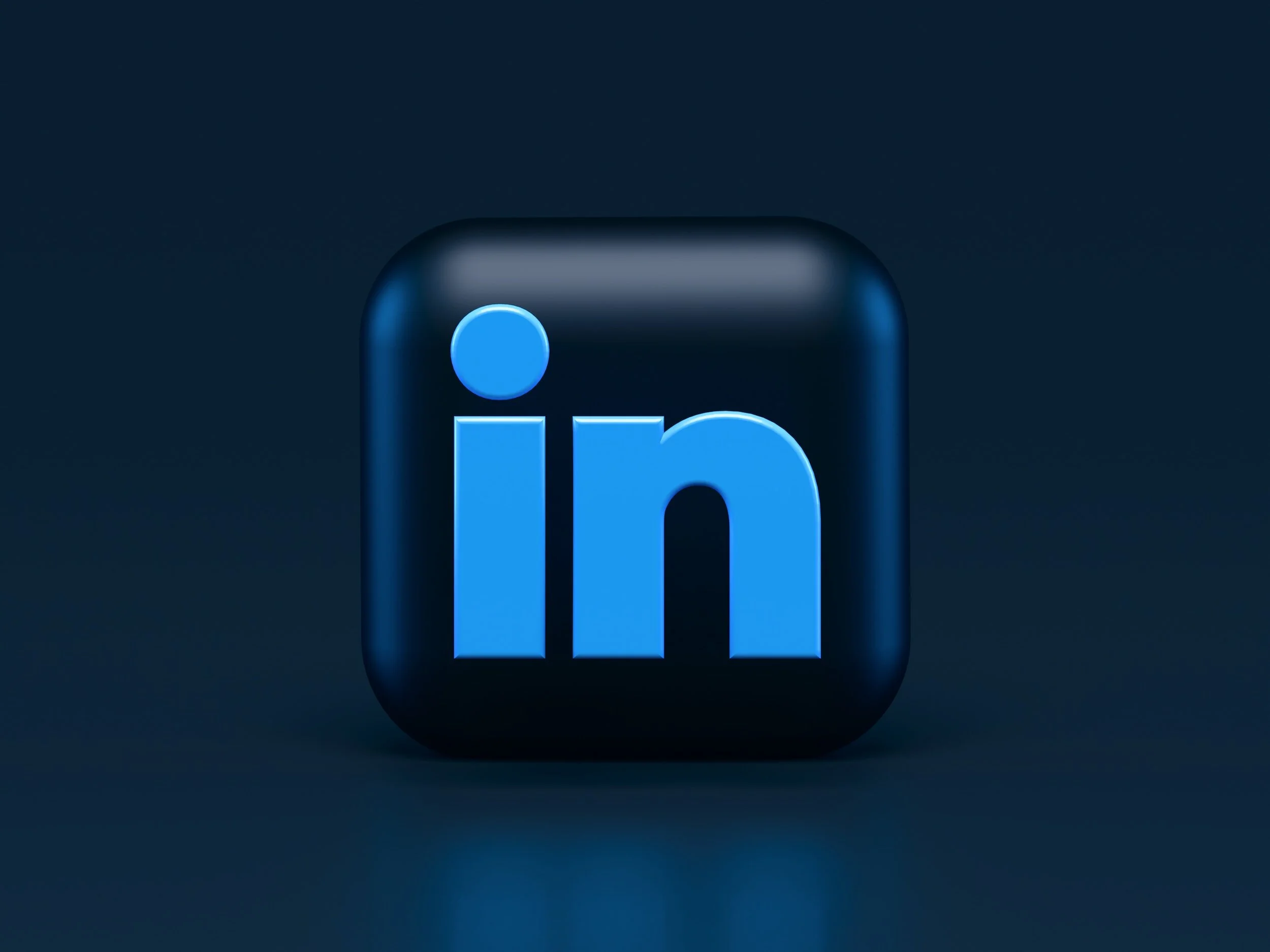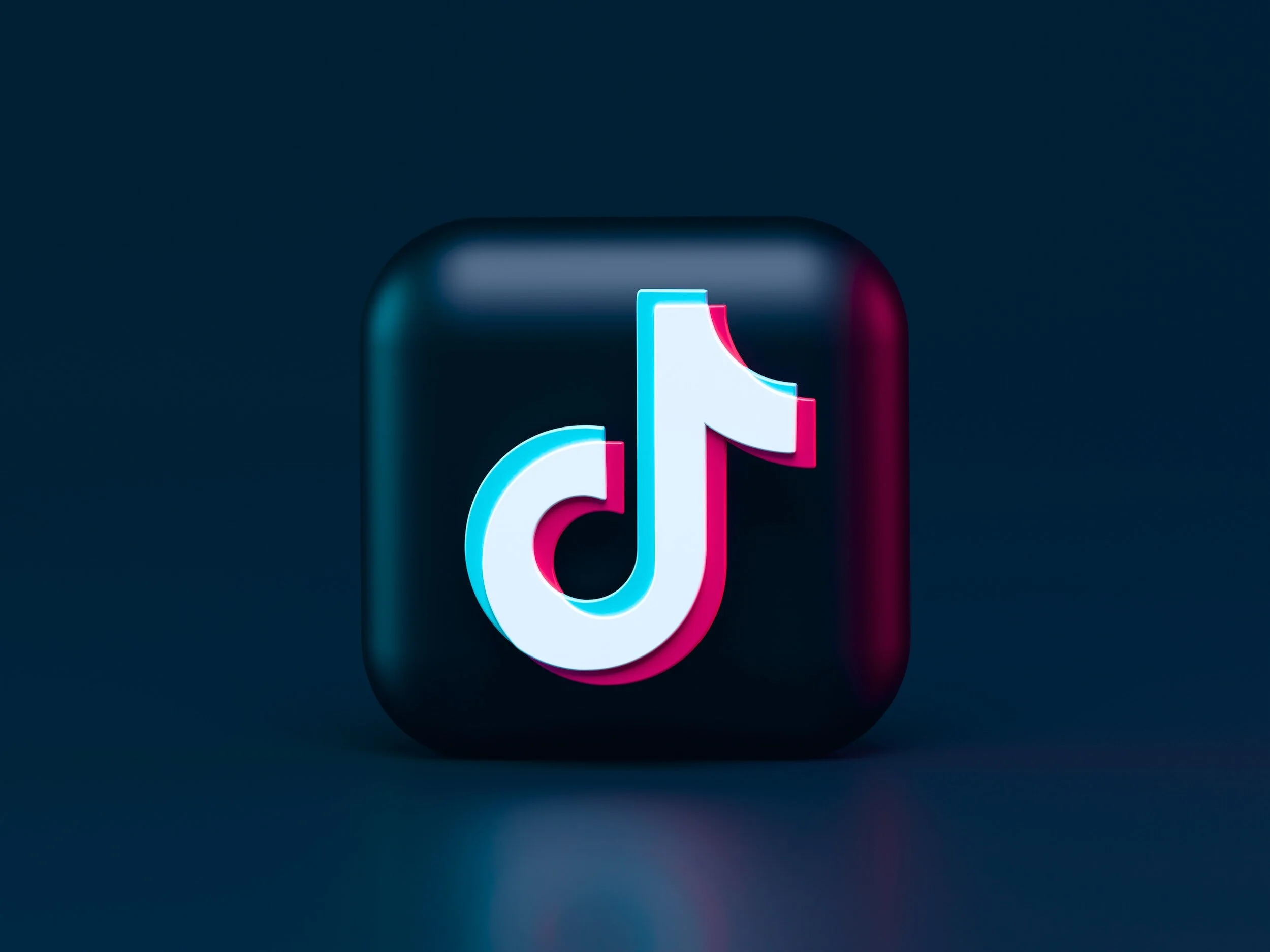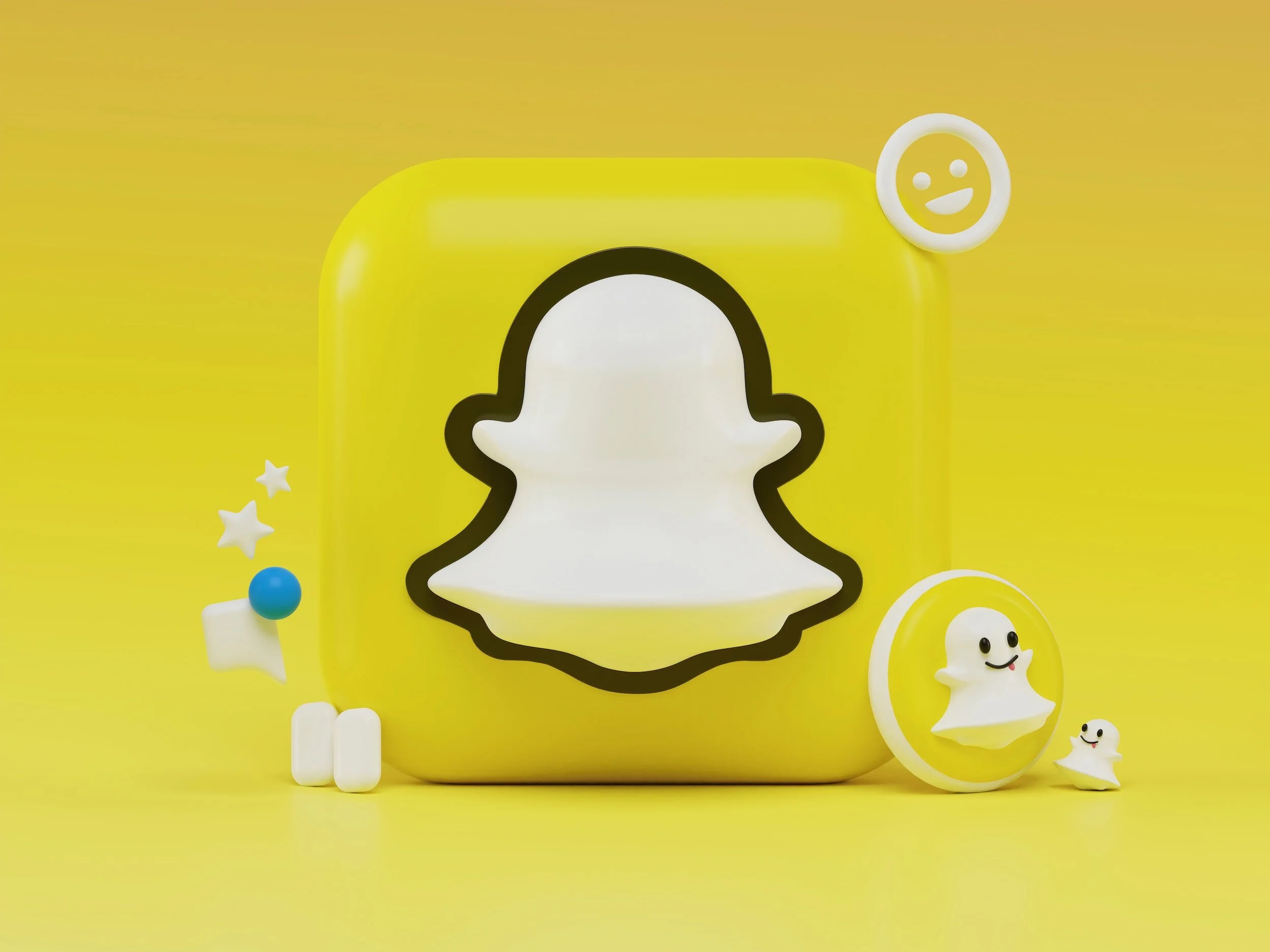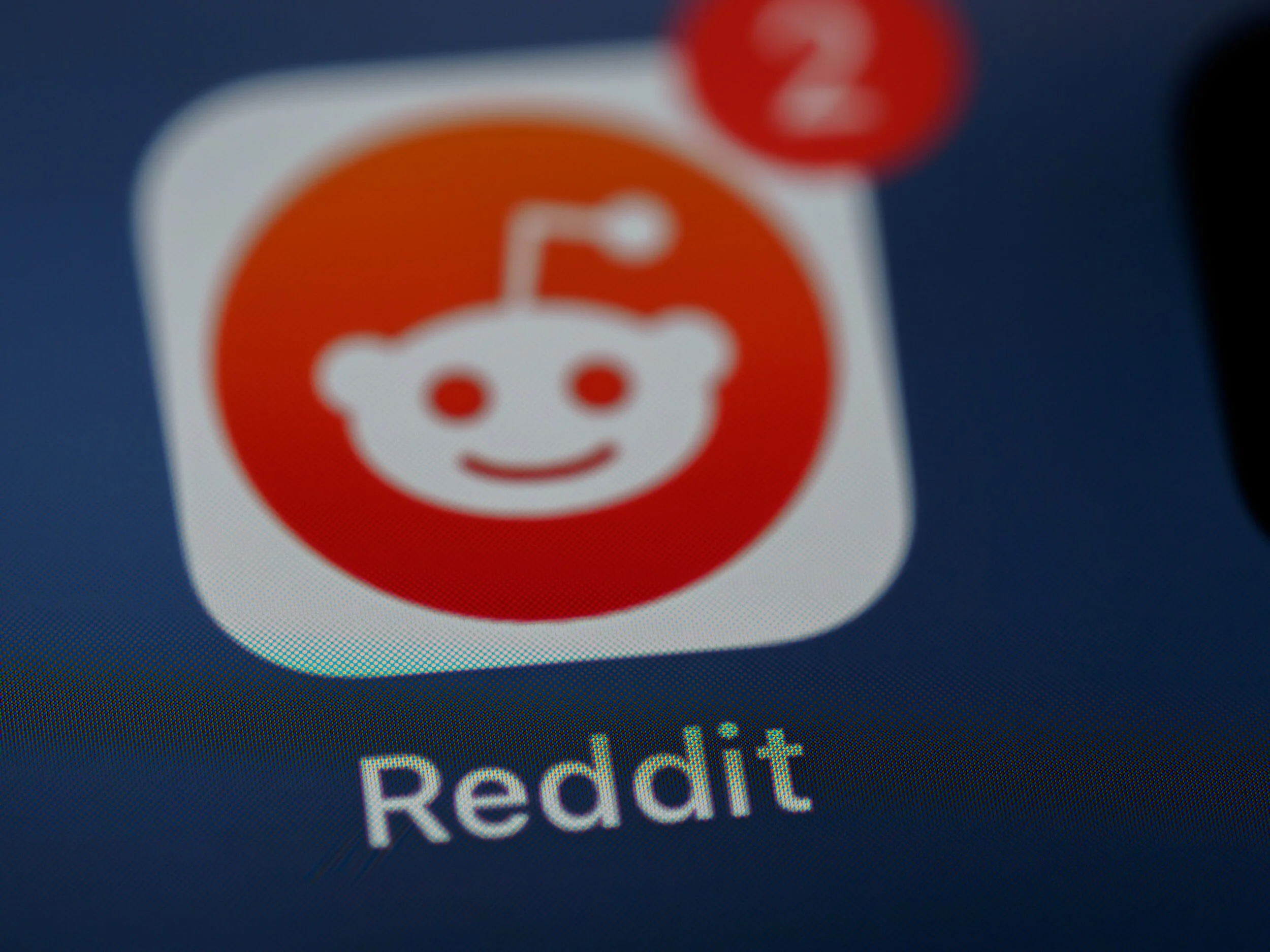Top 10 Social Media Platforms for New Zealand Businesses
In the digital age, social media has become an indispensable tool for businesses to connect with their target audiences, increase brand visibility, and drive growth. For New Zealand businesses, harnessing the power of social media is crucial for staying competitive in the market. With a plethora of platforms available, each offering unique features, it's essential to choose the right ones that align with your business goals and target audience. In this article, we'll explore the top 10 social media platforms that can significantly benefit New Zealand businesses.
Table of Contents
Insights
Facebook: Connecting Kiwis
Instagram: Visual Storytelling
Twitter: Real-Time Engagement
LinkedIn: Professional Networking
TikTok: Creative Short-Form Videos
Pinterest: Inspiring Ideas
YouTube: Video Content Dominance
Snapchat: Ephemeral Marketing
Reddit: Niche Community Engagement
WhatsApp: Direct Customer Interaction
Final thoughts
FAQs
1. Insights
In an era where social media has transformed into a virtual marketplace, New Zealand businesses can't afford to miss out on the opportunities it presents. From building brand awareness to engaging directly with customers, social media platforms have become the go-to channels for effective marketing strategies.
2024, is Shaping the Social Media Landscape: Video Content Dominance, Influencer Marketing Evolution, Personalised AI Experiences, Augmented Reality, Social Commerce Expansion, and Micro/Nano Influencers (Ref: LinkedIn)
In the rapidly evolving digital age, social media is poised for transformative changes in 2024.
A convergence of technological advancements and changing consumer behaviours is set to redefine how individuals and businesses engage with social platforms.
Lets delve into the intricate web of trends that are set to dominate the social media scene and shape its future.
Video Content Dominance: A Visual Revolution
Visual storytelling continues to reign supreme in the realm of social media. Video content, in particular, has emerged as a powerhouse for engagement, enabling brands and creators to convey messages more effectively. As user attention spans decrease, captivating videos offer a solution by delivering information in a concise and visually appealing manner. Platforms like TikTok, YouTube, and Instagram Reels have revolutionized how content is consumed, making video an integral component of any successful social media strategy.
Evolution of Influencer Marketing: Authenticity and Relatability
Influencer marketing has evolved beyond mere endorsements to become a cornerstone of brand-consumer interactions. In 2024, authenticity and relatability are the key drivers of effective influencer collaborations. Micro and nano influencers, with their smaller yet highly engaged followings, are gaining prominence due to their ability to establish genuine connections with their audiences. This shift marks a departure from macro influencers, as consumers seek more authentic recommendations from individuals they perceive as peers.
Personalized Experiences through AI: Enhancing User Engagement
Artificial Intelligence (AI) is propelling personalization to new heights on social media platforms. The amalgamation of AI algorithms and user data allows for tailored content delivery, resulting in enhanced user engagement. From curated newsfeeds to product recommendations, AI ensures that users are exposed to content that aligns with their preferences and behaviors. This level of personalization fosters deeper connections between users and platforms, increasing overall usage and satisfaction.
Augmented Reality (AR) Redefining Engagement
Augmented Reality is set to redefine the way users interact with social media. From Snapchat's face filters to Instagram's AR effects, these features are transforming the way users share experiences and express themselves. Brands are also leveraging AR for interactive marketing campaigns, enabling users to virtually try products before making a purchase. This technology blurs the lines between the physical and digital worlds, offering a novel and engaging user experience.
Expansion of Social Commerce: Shopping Goes Social
Social commerce is undergoing a significant expansion, reshaping how consumers discover and purchase products. Platforms are integrating shopping features, allowing users to browse and buy without leaving the app. This seamless shopping experience is fueled by user-generated content, reviews, and recommendations, enhancing the trust factor in online purchases. As a result, social commerce is becoming a lucrative avenue for brands to directly monetize their social media presence.
Rise of Micro and Nano Influencers: Authentic Connections
Micro and nano influencers are emerging as the new darlings of influencer marketing. These individuals have smaller follower counts but boast highly engaged audiences with niche interests. This micro-targeting capability allows brands to connect with specific demographics more effectively. Authenticity is the driving force behind these relationships, as micro and nano influencers are perceived as trustworthy sources of information and recommendations.
The social media landscape of 2024 will likely be a dynamic and multifaceted ecosystem defined by video content dominance, the evolution of influencer marketing, personalised AI experiences, augmented reality engagement, social commerce expansion, and the rise of micro and nano influencers. As brands and individuals navigate this landscape, adapting to these trends will be essential for maintaining relevance and driving engagement. By embracing these changes, stakeholders can forge deeper connections with their audiences and stay ahead in this ever-evolving digital frontier.
1. Facebook: Connecting Kiwis
Facebook remains the most popular social media platform in New Zealand, boasting over millions of active users. It offers diverse tools like pages, groups, and ads, enabling businesses to target specific demographics effectively. With its wide reach and user-friendly interface, Facebook helps businesses connect with Kiwis on a personal level.
Insights
Communities will develop, and take control Consumers have a voice. It may be fairly quiet, but when those voices come together, in vast social communities, they’re loud enough to change the world. Expect more vocality from users, and more socially driven changes from communities - with brands adapting quickly to react. (ref Hubspot)
2. Instagram: Visual Storytelling
Instagram thrives on visual content, making it perfect for businesses seeking to showcase their products or services creatively. The platform's focus on images and short videos allows businesses to craft compelling narratives that resonate with their audience.
Insights
While social commerce was previously focused on ads or promotions, platforms are beginning to provide new and innovative selling solutions that focus on making the journey easier for buyers. For example, Instagram introduced new shopping features which allow social media users to purchase items without ever leaving the app. Moving into 2022, brands should revaluate the purchasing paths they offer and consider taking advantage of social selling opportunities through Instagram posts, Reels, Stories, and more (ref Hubspot)
3. Twitter(Now X): Real-Time Engagement
Twitter is a powerful platform for real-time engagement and updates. It's an ideal space for New Zealand businesses to share timely information, industry insights, and engage with customers directly.
Insights
Twitter users in New Zealand in 2023
Numbers published in Twitter’s advertising resources indicate that Twitter had 791.7 thousand users in New Zealand in early 2023.
This figure means that Twitter’s ad reach in New Zealand was equivalent to 15.2 percent of the total population at the time.
However, it’s important to stress that these advertising reach figures are not the same as monthly active user figures, and there may be meaningful differences between the size of Twitter’s ad audience and its total active user base.
It’s also worth noting that Twitter restricts the use of its platform to people aged 13 and above, so these figures suggest that 18.1 percent of the “eligible” audience in New Zealand uses Twitter in 2023.
For additional context, Twitter’s ad reach in New Zealand was equivalent to 15.9 percent of the local internet user base (regardless of age) at the start of the year.
In early 2023, the company’s own data indicated that 33.5 percent of Twitter’s ad audience in New Zealand was female, while 66.5 percent was male.
However, it’s worth noting that Twitter infers its users’ gender, by analysing signals such as the name that users enter in their profile, and their broader activity on the platform.
This contrasts with the gender data offered in the advertising tools of platforms like Facebook, which relies on the gender that users themselves enter in their own profile.
Moreover, our analysis suggests that Twitter’s inferences may not be particularly reliable in determining users’ gender, especially in countries where English is not the dominant language.
(Ref: https://datareportal.com/)
4. LinkedIn: Professional Networking
For B2B businesses, LinkedIn offers a unique platform for professional networking. It's a space where businesses can showcase their expertise, connect with industry peers, and even find potential partners.
Insights
LinkedIn user growth in New Zealand
Data published in LinkedIn’s planning tools show that LinkedIn’s potential ad reach in New Zealand increased by 200 thousand (+8.7 percent) between 2022 and 2023.
On a quarterly basis, the company’s data reveal that the size of LinkedIn’s ad audience in New Zealand remained unchanged between October 2022 and January 2023.
However, because LinkedIn’s ad audience figures are based on total registered members rather than monthly active users, it’s unclear whether these trends might reflect changes in active LinkedIn use too. (Ref https://datareportal.com/)
5. TikTok: Creative Short-Form Videos
TikTok has taken the world by storm with its short-form video content. While it might not be suitable for every business, it provides an opportunity for creativity and connecting with a younger demographic.
Insights
TikTok users in New Zealand in 2023
Figures published in ByteDance’s advertising resources indicate that TikTok had 1.65 million users aged 18 and above in New Zealand in early 2023.
Note that ByteDance allows marketers to target TikTok ads to users aged 13 and above via its advertising tools, but these tools only show audience data for users aged 18 and above.
For context, ByteDance’s figures indicate that TikTok ads reached 40.8 percent of all adults aged 18 and above in New Zealand at the start of 2023.
Meanwhile, TikTok’s ad reach in New Zealand was equivalent to 33.0 percent of the local internet user base at the beginning of the year, regardless of age.
In early 2023, 56.1 percent of TikTok’s ad audience in New Zealand was female, while 43.9 percent was male. (Ref https://datareportal.com/)
6. Pinterest: Inspiring Ideas
Pinterest is all about inspiration. Businesses that can leverage visuals, such as home improvement, fashion, or food, can benefit from this platform by showcasing their products in creative ways.
Insights
Pinterest users in New Zealand in 2023
Data published in Pinterest’s advertising resources indicate that Pinterest had 676.0 thousand users in New Zealand in early 2023.
This figure means that Pinterest’s ad reach in New Zealand was equivalent to 13.0 percent of the total population at the start of the year.
However, Pinterest restricts the use of its platform to people aged 13 and above, so it may be helpful to know that 15.5 percent of the “eligible” audience in New Zealand uses Pinterest in 2023.
Meanwhile, Pinterest’s ad reach in New Zealand was equivalent to 13.5 percent of the local internet user base at that time, regardless of age.
At the start of 2023, 75.1 percent of Pinterest’s ad audience in New Zealand was female, while 18.8 percent was male.
Pinterest’s tools also publish audience data for users of “unspecified” gender, and these users accounted for 6.1 percent of Pinterest’s total ad audience in New Zealand at the start of 2023.
(Ref https://datareportal.com/)
7. YouTube: Video Content Dominance
When it comes to video content, YouTube is unbeatable. New Zealand businesses can create informative videos, tutorials, or behind-the-scenes content to engage their audience effectively.
Insights
YouTube users in New Zealand in 2023
Updates to Google’s advertising resources indicate that YouTube had 4.24 million users in New Zealand in early 2023.
It’s important to stress that these advertising reach figures do not necessarily represent the same thing as monthly active user figures though, and there may be meaningful differences between the size of YouTube’s ad audience and its total active user base.
However, the company’s own data suggests that YouTube’s ad reach in early 2023 was equivalent to 81.4 percent of New Zealand’s total population at the start of the year.
To put those figures in perspective, YouTube ads reached 84.9 percent of New Zealand’s total internet user base (regardless of age) in January 2023.
At that time, 51.5 percent of YouTube’s ad audience in New Zealand was female, while 48.5 percent was male. (Ref https://datareportal.com/)
8. Snapchat: Ephemeral Marketing
Snapchat offers a unique way of sharing content through ephemeral posts that disappear after a short period. It's an excellent way for businesses to create a sense of urgency and exclusivity.
Insights
Snapchat users in New Zealand in 2023
Data published in Snap’s advertising resources indicate that Snapchat had 1.45 million users in New Zealand in early 2023.
This figure means that Snapchat’s ad reach in New Zealand was equivalent to 27.8 percent of the total population at the start of the year.
However, Snapchat restricts the use of its platform to people aged 13 and above, so it’s also worth noting that 33.2 percent of the “eligible” audience in New Zealand uses Snapchat in 2023.
For additional context, Snapchat’s ad reach in New Zealand was equivalent to 29.0 percent of the local internet user base (regardless of age) at the start of the year.
In early 2023, 54.4 percent of Snapchat’s ad audience in New Zealand was female, while 45.5 percent was male. (Ref https://datareportal.com/)
9. Reddit: Niche Community Engagement
Reddit is a goldmine for niche communities. If a New Zealand business can find the right subreddit related to their industry, they can engage in meaningful discussions and build brand credibility.
Insights
-30% decline in influencer engagement on Instagram between 2021 and 2022
Brands, products and influencers are all coming under scrutiny. As a result, engagement is in decline and ROI is harder to measure or guarantee. TL:DR? People are losing faith in the claims of influencers, making influencer marketing less effective
(Ref: https://www.redditforbusiness.com/insights)
10. WhatsApp: Direct Customer Interaction
WhatsApp provides a direct line of communication with customers. Businesses can use it for customer support, order updates, and even personalized marketing.
Insights
In June 2023, WhatsApp had approximately 2.78 billion unique active users worldwide, up by over 12 percent compared to the corresponding month in 2022. The popular instant messaging platform, which hit two billion monthly active users in February 2022, was the leading communication channel for global smartphone users in 2022.
(Ref:https://www.statista.com/
Final thoughts
In the ever-evolving landscape of social media, New Zealand businesses have a plethora of platforms at their disposal. From Facebook's wide reach to TikTok's creative opportunities and LinkedIn's professional networking, each platform offers a unique way to connect with audiences. By understanding their target demographics and tailoring their content strategies accordingly, businesses can harness the true power of social media to drive growth, foster brand loyalty, and stay ahead of the competition.
User Experience (UX)
User Experience, or UX, is like the welcoming entrance to a store. It's how easy and enjoyable it is for people to use your website or app. If it's smooth and fun, more people will come in!
Customer Experience (CX)
Customer Experience, or CX, is like the friendly staff in a store. It's how you feel when you buy something from a company. Good CX makes you want to come back for more!
Social Media
Social Media is like a big, bustling market where people chat, share, and discover new things. For businesses, it's a way to join the conversation and showcase their products.
Omni-channel Marketing
Omni-channel Marketing is like having a store in multiple locations. It means offering a consistent experience across all channels—your website, social media, email, and even in-store if you have one.
FAQs
1. Is Facebook the best platform for all businesses?
While Facebook is popular, its effectiveness varies based on the business type and target audience. It's crucial to analyse your audience's preferences before investing heavily.
2. Can small businesses benefit from LinkedIn? Absolutely.
LinkedIn is not just for large corporations. Small businesses can showcase their expertise, connect with potential clients, and expand their network.
3. How can Snapchat's ephemeral posts help my business?
Snapchat's ephemeral nature can create a sense of urgency and exclusivity. This could be leveraged for flash sales, limited-time offers, or sneak peeks of new products.
4. Should every business be on TikTok?
TikTok is more suitable for businesses targeting a younger audience and those with creative visual content to share. It might not align with every business's goals.
5. How can Reddit contribute to brand building?
Reddit allows businesses to engage directly with niche communities. By providing valuable insights and participating in discussions, businesses can establish themselves as credible industry voices.
6. Which social media platform is best for local businesses in New Zealand?
For local businesses, platforms like Facebook and Instagram are highly effective. They allow you to target specific geographic areas and engage with your local community.
7. How often should I post on social media for my business?
Consistency is key. Posting frequency depends on the platform and your audience. Generally, 3-5 times a week on Facebook and Instagram, and multiple times a day on Twitter, works well.
8. Can I use social media for lead generation?
Absolutely. Platforms like LinkedIn and Facebook offer lead generation tools that help you capture potential customers' information for further engagement.
9. Are there any social media platforms specifically for B2B businesses?
Yes, LinkedIn is the go-to platform for B2B businesses. It's designed for professional networking and allows you to connect with other businesses and decision-makers.
10. How can I measure the effectiveness of my social media efforts?
Most platforms offer insights and analytics that provide data on engagement, reach, and more. You can also use third-party tools to track website traffic originating from social media.
11. Is it worth investing in paid advertising on social media?
Yes, paid advertising can significantly boost your visibility and reach on social media. Platforms like Facebook and Instagram offer targeted ad options that can yield high returns.
12. What type of content should I post on social media?
Content should vary to keep your audience engaged. Share a mix of promotional posts, informative content, behind-the-scenes glimpses, user-generated content, and industry news.
13. How do I handle negative comments or reviews on social media?
Address them promptly and professionally. Respond courteously, acknowledge the issue, and offer a solution if possible. Avoid getting defensive or confrontational.
14. Are there any privacy concerns with using social media for business?
Privacy is a concern, but platforms provide settings to control what you share. Be mindful of the information you post and review privacy settings regularly.
15. How can I grow my follower base on social media?
Engage with your audience by responding to comments and messages, using relevant hashtags, posting quality content, collaborating with influencers, and running contests or giveaways.










